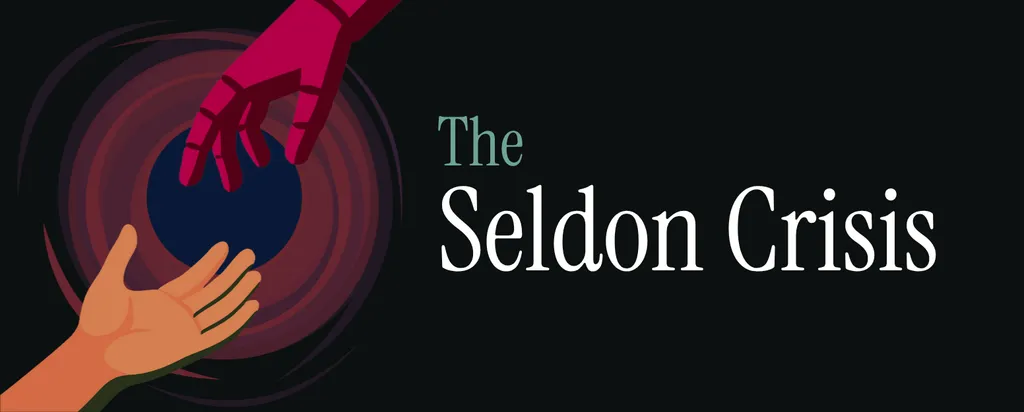What happens when technology becomes infrastructure?

Once upon a time, technology was the better way to do something. Today, it’s the default way to do it. Technology went from convenience to gatekeeper within a span of about three decades. When that happens technology inherits certain duties, namely: safety, preserving rights, interoperability, accountability, accessibility and resilience.
But these aren’t automatic. Our enthusiasm for technology too often exceeds our obligation to ensure easy entry, high standards, explicit safeguards, reversibility, and enforceable rights. We pour concrete for highways and forget the sidewalks, the signals, the zebra crossings. As AI scales, quiet failures multiply in plain sight; I call these small crises that seed bigger ones Seldon crises.
A Seldon crisis is a quiet inflection point where small, “benign” choices in technology and policy compound into a major shift in power, incentives, or rights, before anyone calls it a crisis. The change often feels incremental (a default here, a policy tweak there) but it locks in outcomes that are hard to reverse later.
Seldon Crisis takes its name from Asimov’s Foundation series of books, where the future of civilisation is shaped at unavoidable inflection points.
Who am I?

My name is Varun. I grew up in Dubai in the 90s, lived in Chennai for a few years and now I survive in Bangalore, India. I have a diverse background in design, technology, philosophy and policy. After a career in advertising for a decade, I spent the last 6 years co-building an ecosystem of law and justice innovators exploring AI, across the globe. I currently lead the OpenNyAI mission at Agami.
The views I express here are entirely my own.